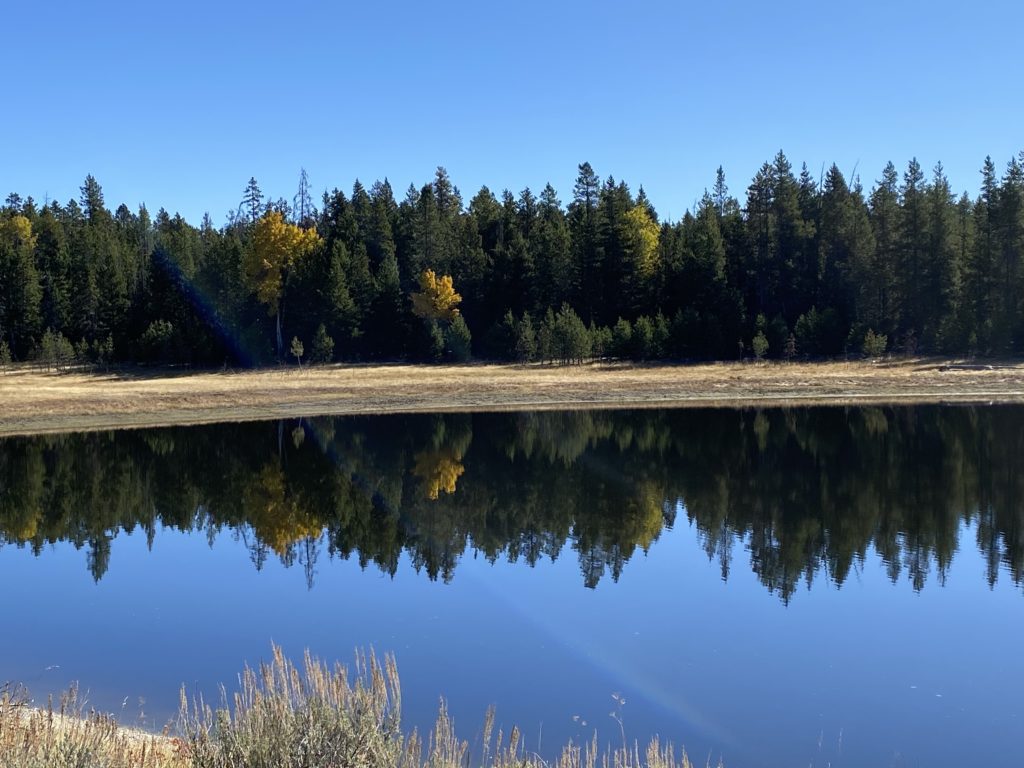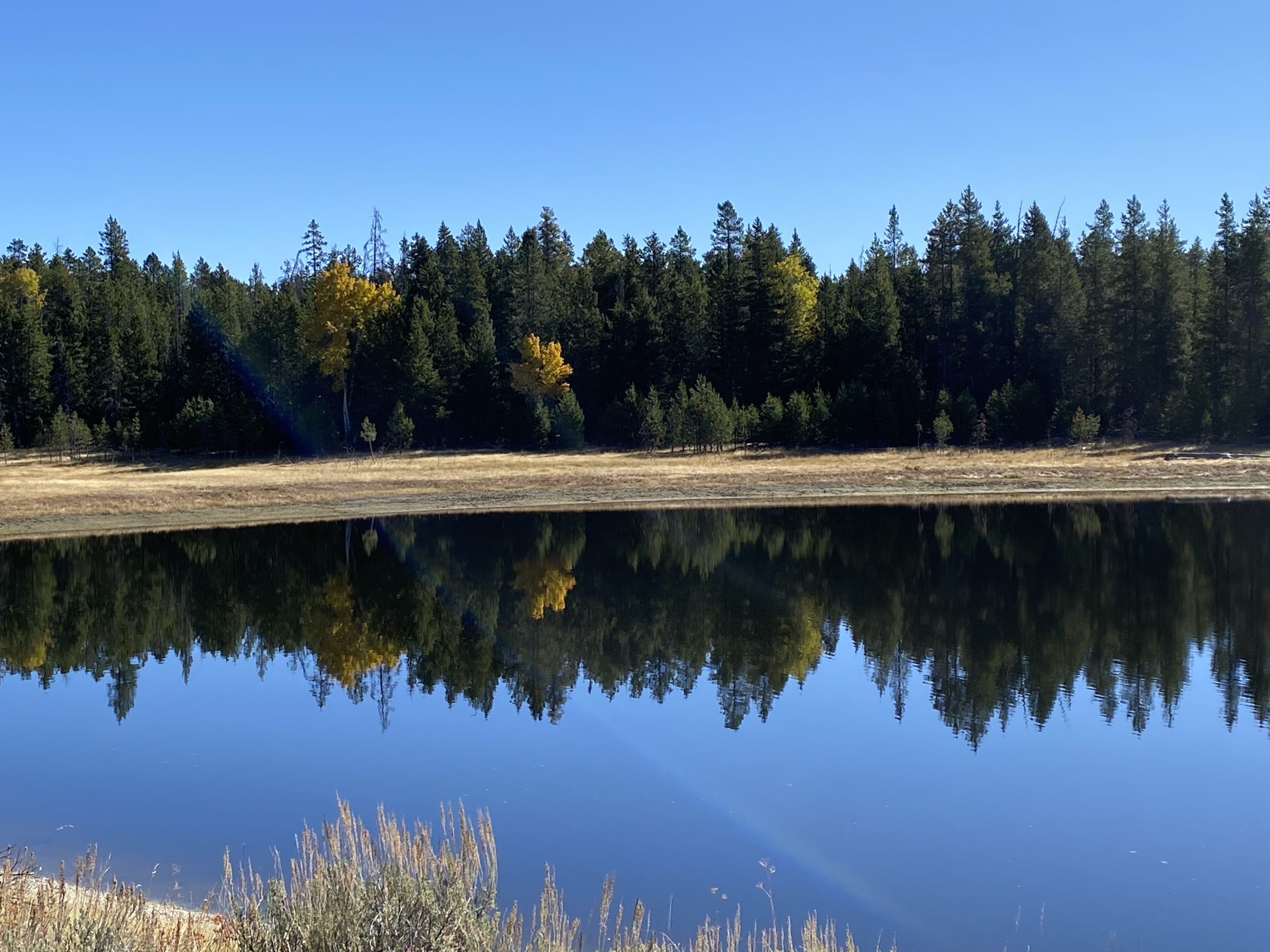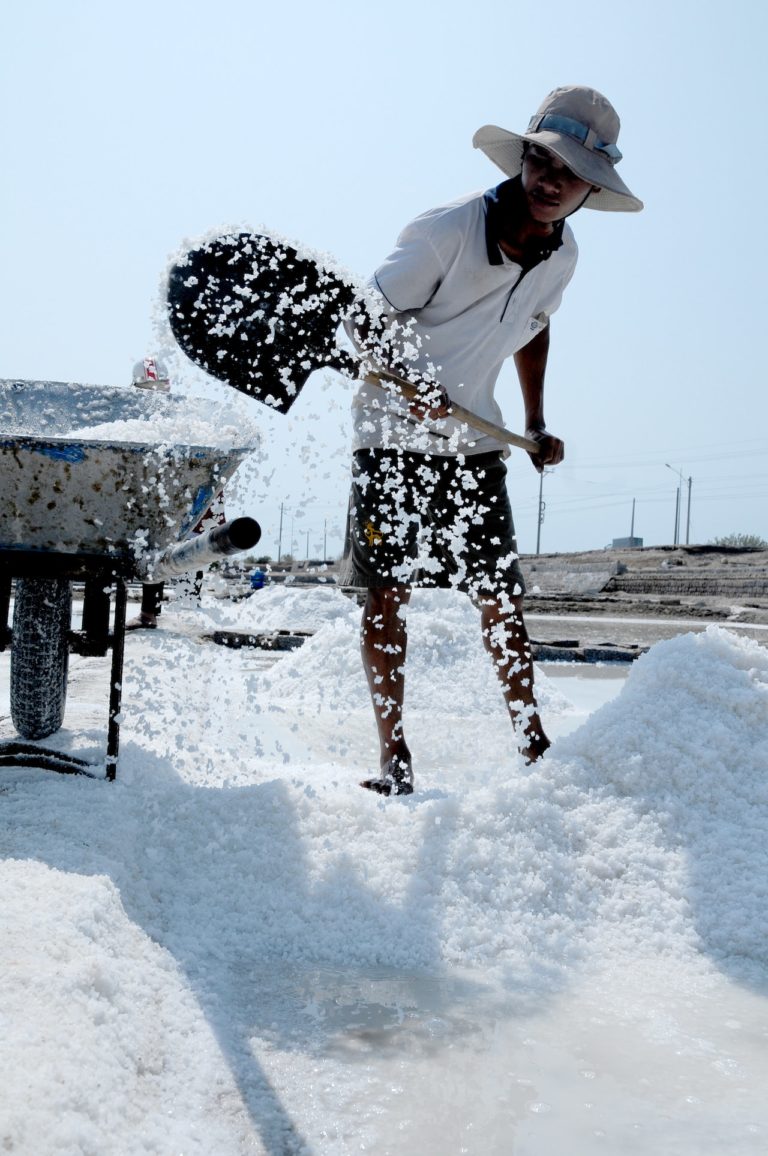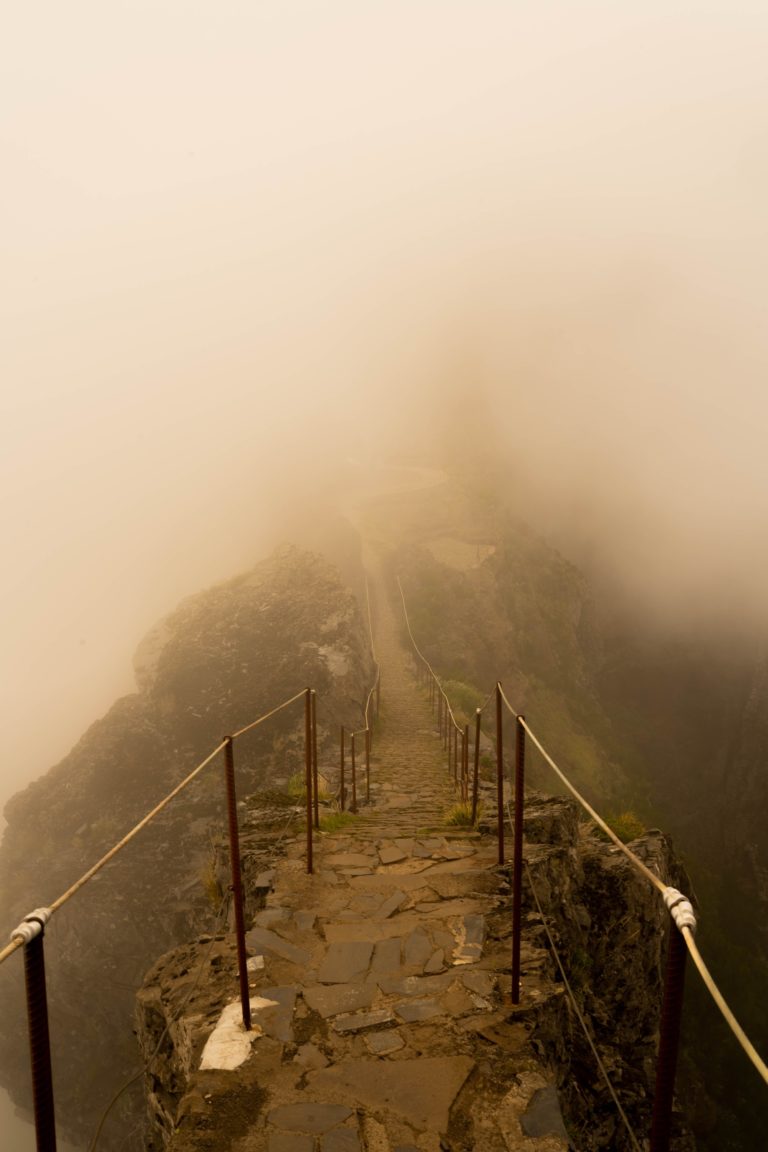Our Seasons Are Not Silos

Here in the midwest, even diehard summer fans eventually come to anticipate the cool days and colorful foliage that come with the changing of the seasons. When I was young, I thought that the leaves were green and something happened that changed them to a different color. Turns out, like much of what I thought I knew when I was younger, I was kind of right—but not really.
Here’s a non-scientific explanation of how it really works: During the spring and summer, the chlorophyll that colors the leaves green is constantly replenished by an interchange between sun and tree. As fall ushers in shorter days, a weak spot forms between the branch and leaf. This weak spot (called the abscission layer) blocks further exchange between the leaf and the tree. This causes the chlorophyll replenishment to cease, which causes the leaves to lose their green, revealing the color underneath.
Some autumns, the trees wear a regal array of gold, russet, and scarlet. Others, they cloak themselves in the matronly hues of serviceable cloth. Which one it will be depends on the weather.
Fall’s most vibrant displays flow from a summer of plentiful rain followed by an autumn characterized by dry, sunny days and cool, frost-free nights. When low temperatures arrive after the abscission layer develops, chlorophyll loss happens faster, which reveals fall’s orange and yellow early. This same weather enhances the less common reds and purples, producing the autumn show we want to see. But if the growing season has been dry, the trees shed their leaves prematurely—falling to the ground before they’ve been given a chance to lose their chlorophyll mask. Still green, they drift to the ground before the diminishing hours of daylight can reveal the yellows and oranges underneath.
Seasons are not Silos
When it comes to the vibrancy of the colors of autumn, the biggest influence is the nature of the season that came before. This is as true for our hearts as it is for fall foliage.
We walk through hard, wearying times—hoping to make it to the rest and reprieve of a new season. But sometimes that season arrives with less vibrancy than we had imagined. And then we look to the next one for relief rather than acknowledging the level of heart, mind, soul, and strength depletion we’re still registering from past ones.
Maybe you’ve experienced financial or relational drought. Maybe there’s been a deluge of one thing after another. Maybe you’re worn from too little sleep or too many good opportunities. And then there’s the collective cloud cover we’ve been living under for way too long. Regardless of the source, it takes time for the effects of such seasons to pass—for the rain to penetrate the parched soil of our lives or the flood waters of too much and too many to recede.
When the weight of previous seasons lingers longer than we’d like, it’s important to take hope in the right things. Our hope isn’t in a new season—a better one; it’s in the God who created the cycle of the seasons. He’s always at work. He’s making ways in our wilderness and rivers in our deserts. He may not be doing these things according to our preferred timeline, but he’s doing them. And all the while, he’s lighting our path—showing us how to live in the season we’re in—if only we’ll slow down and pay attention.
Let’s Pause and Reflect
So, let’s do what Dan often suggests: take a little time to pause and reflect:
- What’s the nature of the season you’re in? (What are the gifts? What’s just plain tough?)
- What’s the status of your heart, mind, soul, & strength?
- What one change might God be leading you to make to improve the health of your heart, mind, soul, or body in this season?
If your reflection reveals anything insightful or helpful, let us know. We’d love to hear.
Happy trails ~
Natalie







